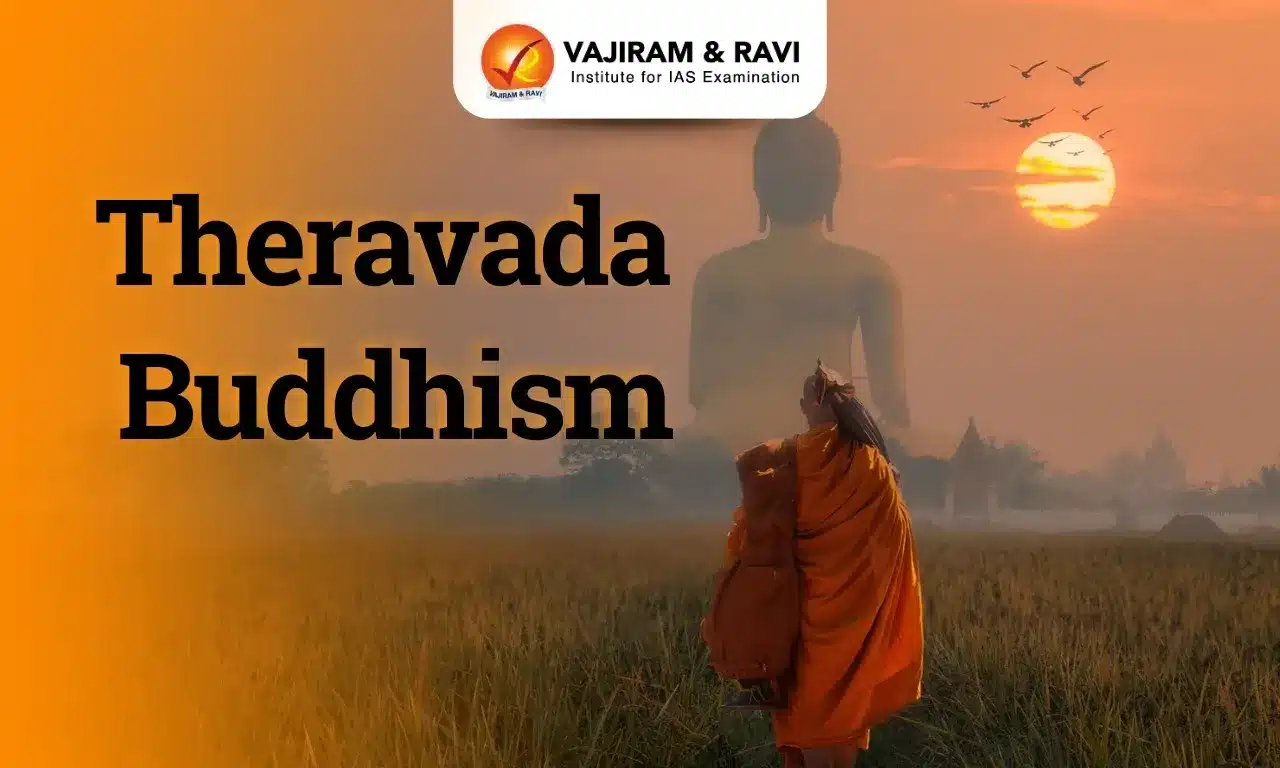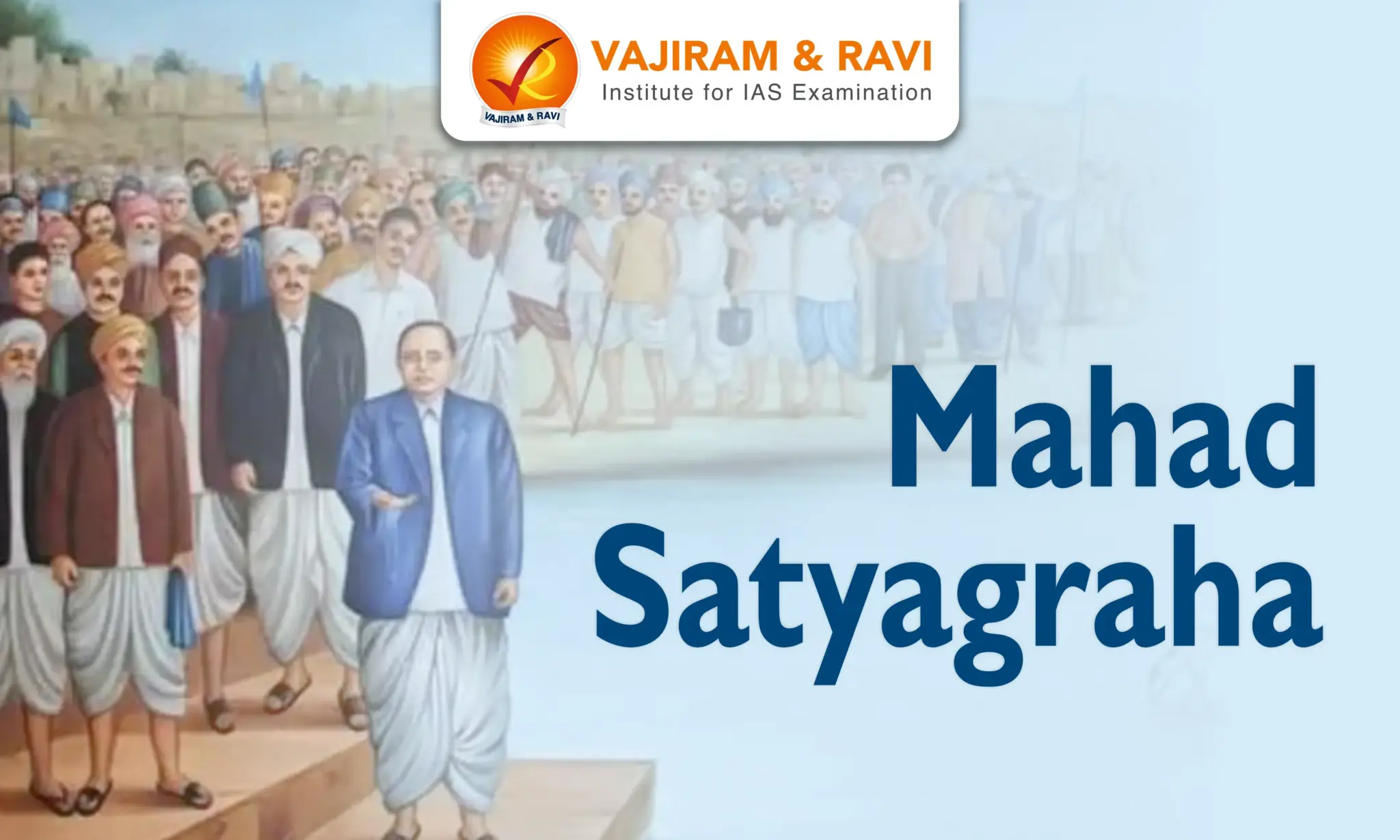Theravada Buddhism, also known as the "Doctrine of the Elders," is one of Buddhism's oldest and most influential traditions. It adheres to "vibhajjavada," which means "analytical instruction."Theravāda is renowned for preserving the Buddha’s teachings and practices in their most authentic form.
Theravada is one of the two major schools of Buddhism, the other being Mahayana, with some considering Vajrayana as the third school, though it is based on Mahayana philosophy.
About Theravada Buddhism
Theravāda Buddhism is the oldest surviving school of Buddhism, tracing its origins to theFirst Buddhist Council held shortly after the Buddha's passing. During this council, the Buddha's teachings, known as Buddha Dhamma, were compiled and organised. Sthaviravadin or Thervadins, the followers of this tradition, have preserved these teachings in the Pāli Canon for over a thousand years.
| The Pāli Canon (Tripiṭaka) |
- The Pāli Canon, also known as the Tripiṭaka ("Three Baskets"), is the foundation of Theravāda Buddhism. It consists of three primary sections:
|
| Monastic Tradition and Sangha |
- The Sangha (community of monks and nuns) plays a vital role in Theravāda Buddhism:
|
| Doctrine of Karma and Rebirth |
- Karma: Actions, whether physical or mental, shape one’s future experiences and rebirth. - Saṁsāra: The cycle of rebirth continues until enlightenment is attained, breaking free from this cycle. |
| Core philosophical concepts |
- Impermanence (Anicca): All conditioned phenomena are in a constant state of flux. - Non-Self (Anattā): There is no permanent, unchanging self or soul. |
| Theravāda Abhidhamma |
- The Abhidhamma is a comprehensive, scholarly system of the highest Buddhist teachings:
|
Theravada Buddhism Characteristics
Theravāda Buddhism is widely regarded as the most historically grounded and conservative form of the tradition. It is distinguished by several key characteristics that set it apart from other schools of thought:
- Conservative approach: Unlike Mahāyāna and Vajrāyāna, Theravāda emphasises a more orthodox doctrine (pariyatti) and strict monastic discipline (Vinaya).
- Rejection of Mahāyāna Sūtras: Theravāda regards the Mahāyāna texts, which emerged around the 1st century BCE, as non-authentic.
- Doctrinal core: It is founded on the Buddha's teachings as preserved in the Pāli Canon which continues the Hinayāna ("Lesser Vehicle") tradition.
- Ultimate objective: Theravāda Buddhism aims at achieving Nirvāna, the cessation of kleshas (mental afflictions such as fear, jealousy, and depression) and the cycle of suffering (samsāra). This is achieved by following the Noble Eightfold Path, which incorporates:
- Samatha: Mind-calming practices.
- Vipassanā: Insight into the three marks of existence—impermanence, suffering, and non-self.
- Core tenets:
- Vibhajjavāda (Instruction of Analysis): Advocates analytical understanding and direct experience of the teachings.
- Visuddhimagga (The Path of Purification): A seminal text by Buddhaghosa (5th century CE) outlines the seven stages of purification (Satta-visuddhi) for salvation.
- Theravāda’s view on the Arhat: An Arhat in Theravāda has attained nirvāna through deep insight into existence.In Mahāyāna, an Arhat is considered to be on the path toward nirvāna but has not yet fully achieved it.
- Buddha chose Sixteen Arhats from among his disciples to safeguard the Dharma until the arrival of Maitreya, the future Buddha. Their names are:
|
|
Theravada Buddhism Spread
Theravāda Buddhism, originating around 250 BCE from the original disciples of the Buddha, gained prominence under King Ashoka, who embraced and promoted it. It spread from India to Sri Lanka in the 3rd century.
- To address corruption in the Sangha, Ashoka convened the Third Buddhist Council (250 BCE), chaired by Moggaliputtatissa, which documented the Tipitaka (Three Baskets).
- Ashoka’s son, Mahinda, helped spread Theravāda to Sri Lanka, where it flourished.
- Theravāda is prevalent in countries like Sri Lanka, Thailand, Myanmar, Laos, and Cambodia.
- Modern movements like Vipassanā (mindfulness) have also emerged from this tradition.
- Influence: Theravada Buddhism has significantly influenced the cultures and societies of these regions, shaping their art, architecture (Shwedagon Pagoda), literature (3 Tripitaka) and social structures (Sangha).
- It has also played a role in shaping their political and economic systems.
Today, Theravada Buddhism remains the dominant form of Buddhism in much of Southeast Asia and continues to be an important part of the cultural and religious landscape of the region.
Theravada Buddhism UPSC PYQs
Question 1: With reference to the religious history of India, consider the following statements: (UPSC Prelims 2020)
- Sthaviravadins belong to Mahayana Buddhism.
- Lokottaravadin sect was an offshoot of Mahasanghika sect of Buddhism.
- The deification of Buddha by Mahasanghikas fostered the Mahayana Buddhism.
Which of the statements given above is/are correct?
- 1 and 2 only
- 2 and 3 only
- 3 only
- 1, 2 and 3
Answer: (b)
Last updated on December, 2025
→ Check out the latest UPSC Syllabus 2026 here.
→ Join Vajiram & Ravi’s Interview Guidance Programme for expert help to crack your final UPSC stage.
→ UPSC Mains Result 2025 is now out.
→ UPSC Notification 2026 is scheduled to be released on January 14, 2026.
→ UPSC Calendar 2026 is released on 15th May, 2025.
→ The UPSC Vacancy 2025 were released 1129, out of which 979 were for UPSC CSE and remaining 150 are for UPSC IFoS.
→ UPSC Prelims 2026 will be conducted on 24th May, 2026 & UPSC Mains 2026 will be conducted on 21st August 2026.
→ The UPSC Selection Process is of 3 stages-Prelims, Mains and Interview.
→ UPSC Result 2024 is released with latest UPSC Marksheet 2024. Check Now!
→ UPSC Prelims Result 2025 is out now for the CSE held on 25 May 2025.
→ UPSC Toppers List 2024 is released now. Shakti Dubey is UPSC AIR 1 2024 Topper.
→ UPSC Prelims Question Paper 2025 and Unofficial Prelims Answer Key 2025 are available now.
→ UPSC Mains Question Paper 2025 is out for Essay, GS 1, 2, 3 & GS 4.
→ UPSC Mains Indian Language Question Paper 2025 is now out.
→ UPSC Mains Optional Question Paper 2025 is now out.
→ Also check Best IAS Coaching in Delhi
Theravada Buddhism FAQs
Q1. What does Theravāda Buddhism believe?+
Q2. What is the difference between Mahayana and Theravāda Buddhism?+
Q3. Are Hinayana and Theravāda the same?+
Q4. Is Indian Buddhism Theravāda or Mahayana?+
Q5. Who is the founder of Theravāda Buddhism?+
Tags: quest theravada buddhism

















